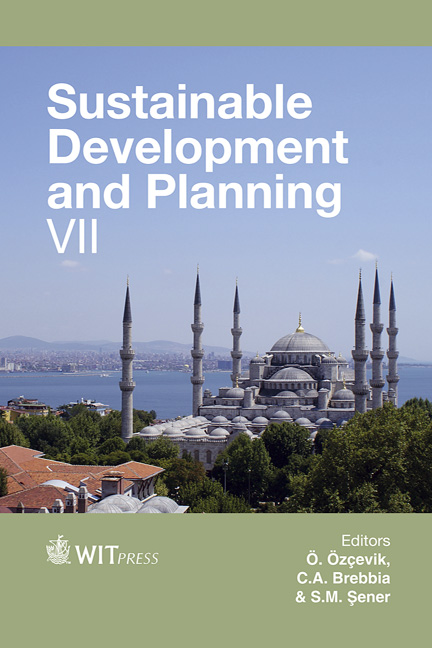Transformation Of The Street Network Of Diocletian’s Palace
Price
Free (open access)
Transaction
Volume
193
Pages
11
Page Range
637 - 647
Published
2015
Size
2,496 kb
Paper DOI
10.2495/SDP150541
Copyright
WIT Press
Author(s)
T. Marić, B. B. O. Š ćitaroci
Abstract
Diocletian’s Palace is the urban core of the city of Split and it was built in the late 4th century AD as a unique Roman building. Cardo and decumanus streets formed the main functional and compositional basis of the Palace and later of the city. In the Renaissance and the Baroque period, the medieval core of the city was enclosed by a new system of fortifications. They were demolished in the 19th century enabling the city to re-define its growth and re-create its open spaces. In the 20th century the city rapidly developed and Diocletian’s Palace with its medieval periphery (since 1979 part of the UNESCO World Heritage list) became the historical and public centre of Split. This paper analyses transformations of the urban street network in the context of creating vital and human scaled public places. These transformations correlate with the historical urban structure and function, especially fortification. Open spaces reserved and regained from the fortifications give a spatial basis for the urban transformation along with the revival and enhancement of urban landscape and street network. The historical value of cultural heritage provides foundation and additional reasons for generic streets to become an important network of contemporary public places where people gather and stay, stroll and walk, learn and play, or generally feel comfortable.
Keywords
Diocletian’s Palace, Split, Croatia, street network, public space, lungomare, placemakin, human scale





